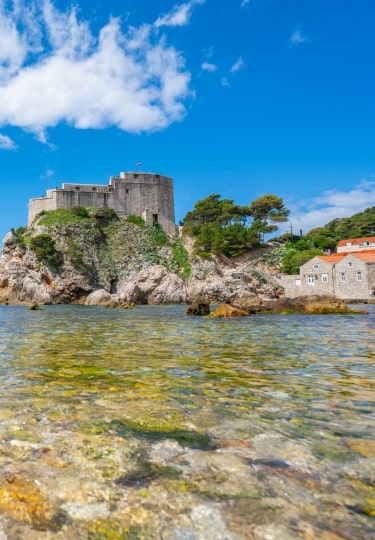Dubrovnik, an ancient fortified city sitting astride the impressive shoreline of the Adriatic’s Dalmatian coast, is one of Croatia’s star attractions, for good reason.
From the close-fitting alleyways and slender limestone staircases to the Baroque Jesuit Stairs of the historic Old Town and the orange cable car climbing the precipitous side of Mount Srđ, you’ll never run out of things to do in Dubrovnik.
There are places to see nearby, as well, not least the pretty little seaside town of Cavtat, Lokrum Island, and the oyster-producing town of Ston.
Here are 12 of the best things to do in Dubrovnik.
Stroll the Old Town
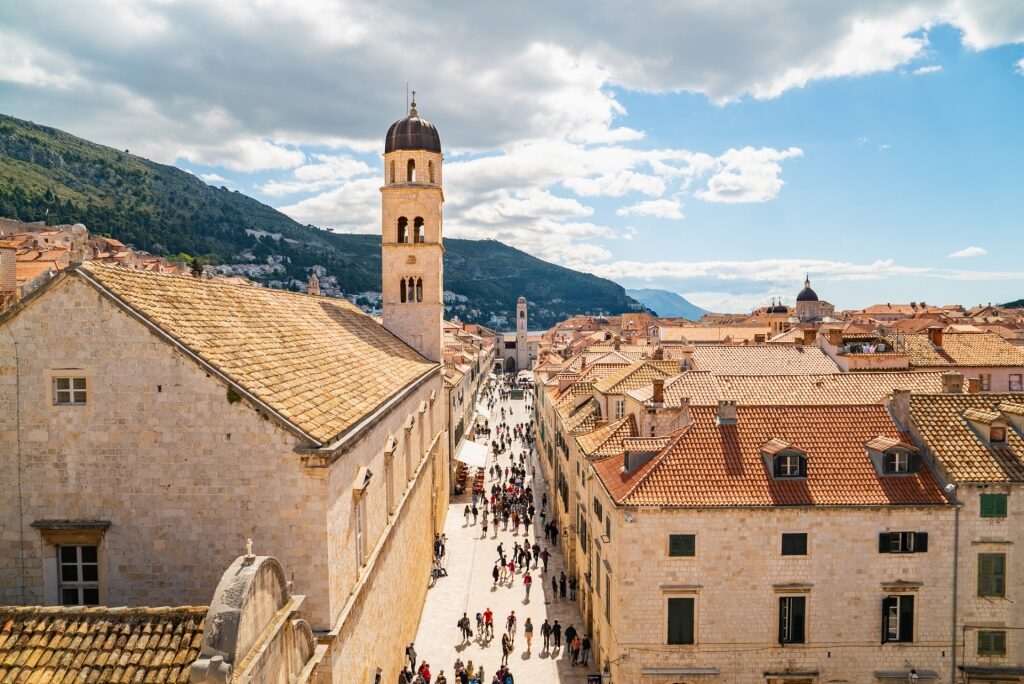
Stradun
Dubrovnik, once upon a time known as Ragusa, is on the map in large part due to its celebrated UNESCO World Heritage Old Town.
With its cobblestone walkways, intact defensive walls dating back to the 15th century, and historic baroque and renaissance churches like the Church of St. Ignatius of Loyola or the Church of St. Blaise, the city center is well-known as one of the most beautiful places in Croatia.
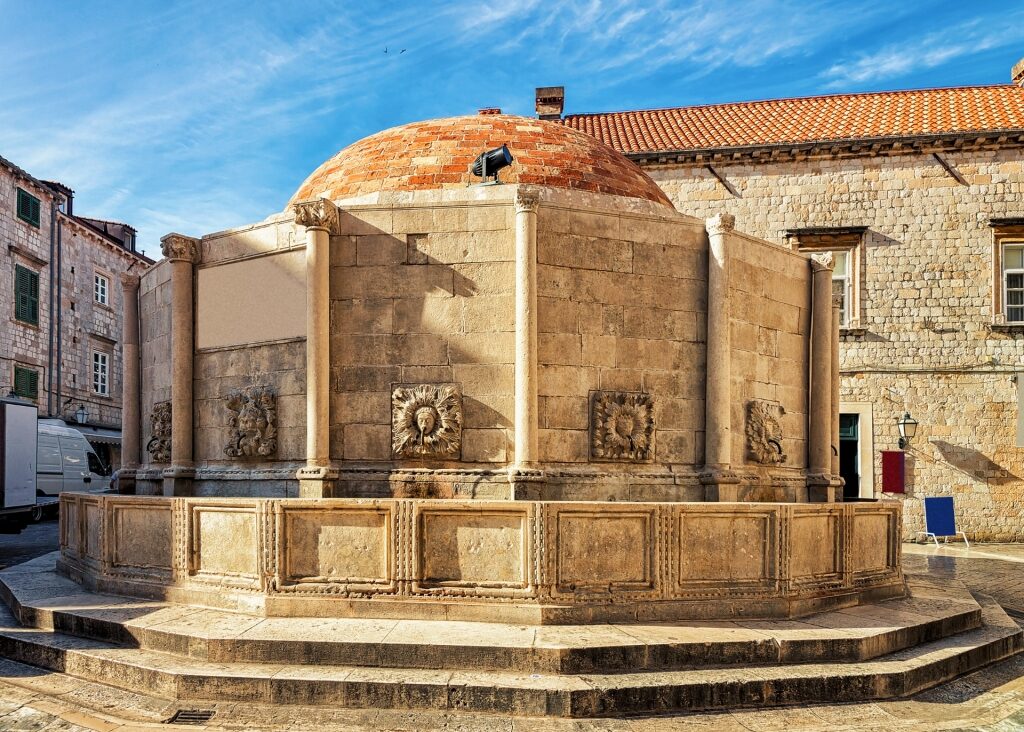
Onofrio Fountain
You’ll encounter ornate fountains, monasteries, and palaces like Sponza Place, giving the illusion of having stepped into a living, walled-in medieval museum.

Ploče Gate
After entering through one of the main gates, Pile or Ploče, you’ll come across the 15th-century Onofrio Fountain and Orlando Column in Luža Square.
You’ll also be able to walk along the Old Town walls and gaze out to sea, or stroll along Stradun, the limestone-paved main street. Stradun is lined with elegant old buildings, as well as shops and cafés.
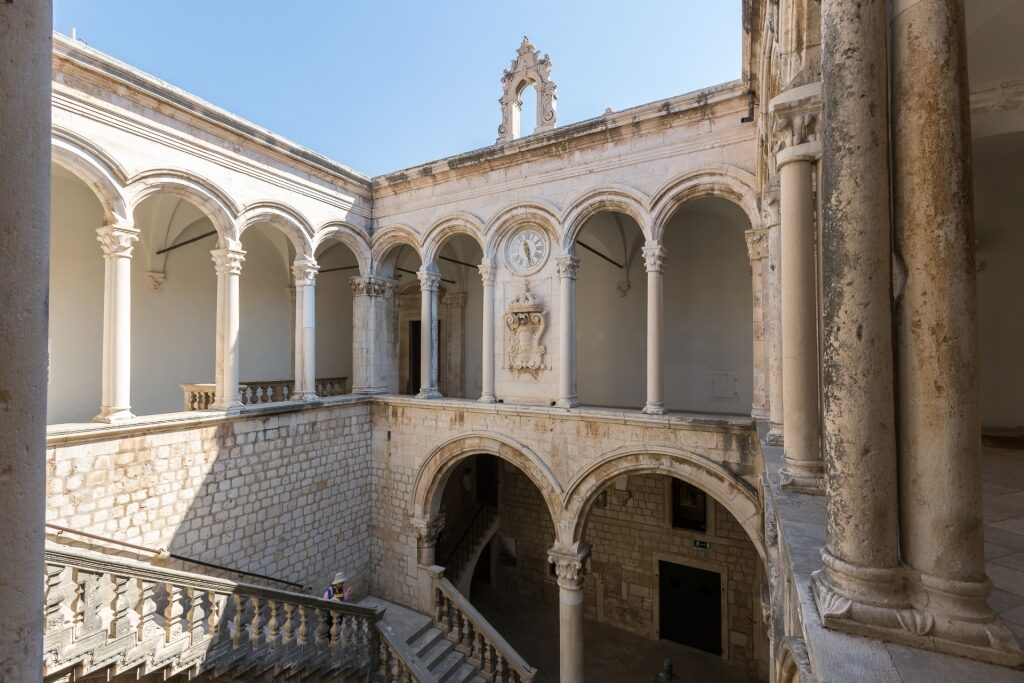
Rector’s Palace
The Gothic Rector’s Palace, a former administrative hub, with a mix of renaissance and baroque architectural styles, is worth a visit, as is the Romanesque Assumption Cathedral, which houses relics (an arm, skull, and foot) of St. Blaise, the city’s patron saint.
Legend says St. Blaise prevented a Venetian invasion of the Eastern European city in the 10th century, and you’ll see his image everywhere, carrying Dubrovnik in the palm of his hand.
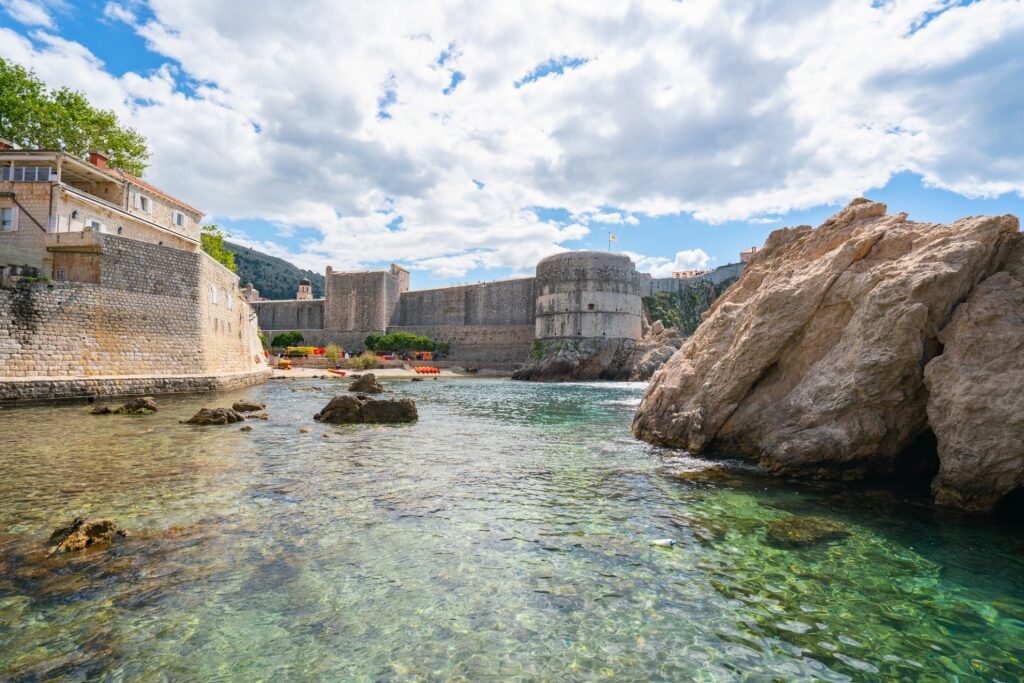
Fort Bokar
Give yourself an hour or two to explore the city walls and fortresses, including the Revelin Fortress and Fort Bokar, plus a few more hours to meander around the rest of Dubrovnik’s Old Town.
Admire Art at the Dominican Monastery
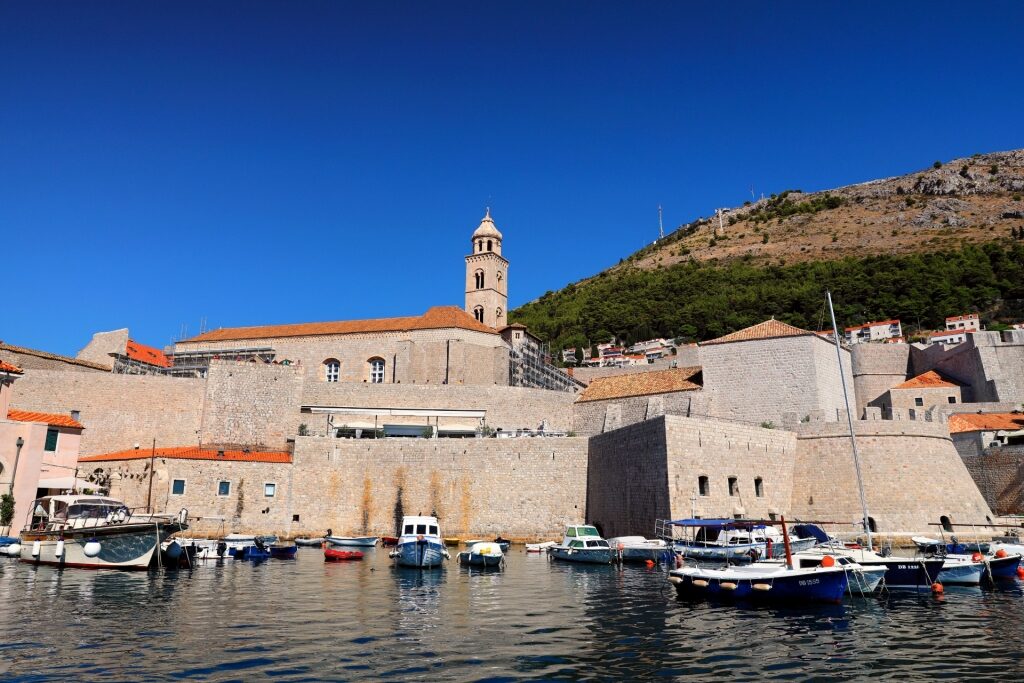
Dominican Monastery
The Dominican Monastery, and the Dominican Museum, rate high on the list of things to do in Dubrovnik. Positioned near the Old Town’s eastern Ploče Gate, the fortress-like Dominican Monastery was completed in the 14th century, then renovated after the devastatingly destructive 1667 earthquake.
During your sojourn, you can take in the Medieval Gothic Arcade, which looks particularly lovely with the reflected sunlight.
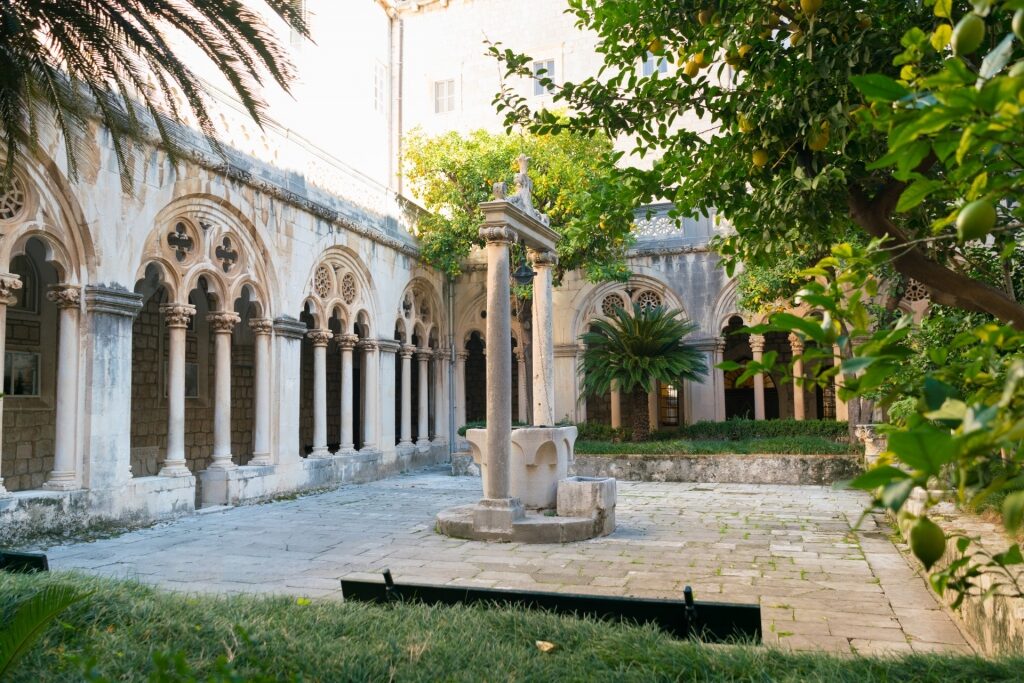
Dominican Monastery
You’ll also come across an ornate 14th-century well, centered in the cloister garden, that’s still in use. The inner church, which received an upgrade in the 1970s, is home to a huge golden crucifix by Paolo Veneziano.
The monastery’s museum holds a significant art collection, housing works such as Titian’s St. Blaise, the Angel Raphael, and Maria Magdalena. There are paintings by Venetian artist Lovro Dobričević, works by the Dubrovnik school of painters, jewelry, golden relics, and more.
Ride the Cable Car up Mount Srđ
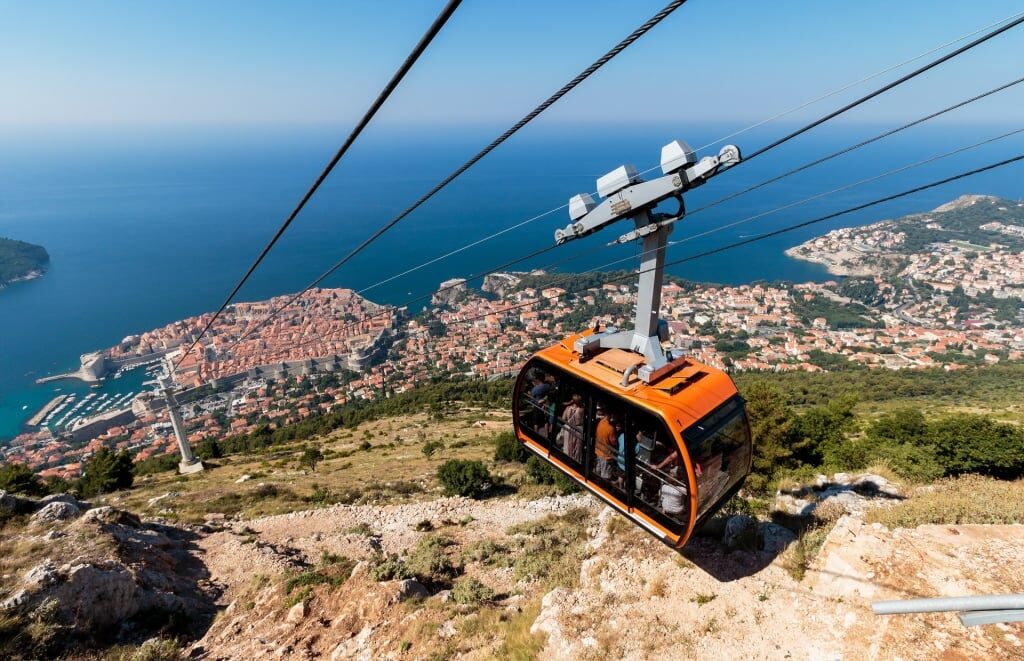
Dubrovnik Cable Car
For a bird’s-eye view of Dubrovnik, the sparkling Adriatic, and forested Lokrum Island, you can’t beat the Dubrovnik Cable Car. The base station, next to the city walls, will hoist you up the 1,352-foot Mount Srđ.
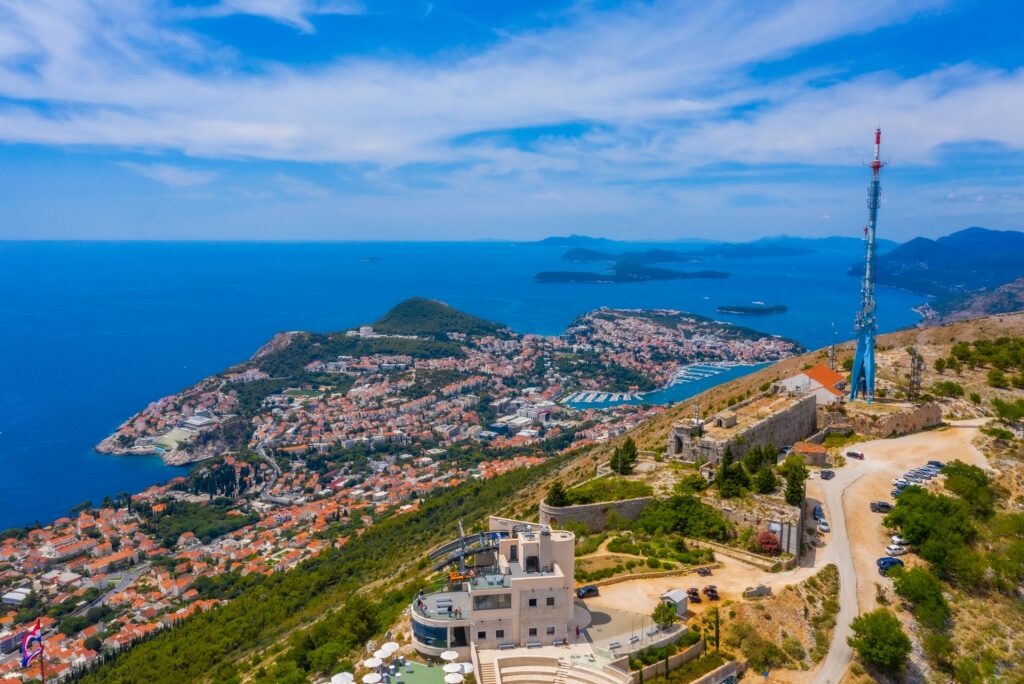
Fort Imperial
If you want a workout, you can skip the cable car and opt to hike up the foot trails to the top of Mount Srđ instead. Irrespective of how you arrive, the sweeping vistas from the viewing platforms, Fort Imperial, and the Panorama Restaurant are breathtaking.
When you’re at the summit of Mount Srđ, you can visit the Homeland War Museum as well. This museum is dedicated to the events of the Croatian War of Independence, fought in the early 1990s.
Continuous reels of old TV footage bring the tragedy to life; for many Croatians, the Balkans conflict is still an all-too-recent memory.
Discover Sponza Palace’s Architectural Styles
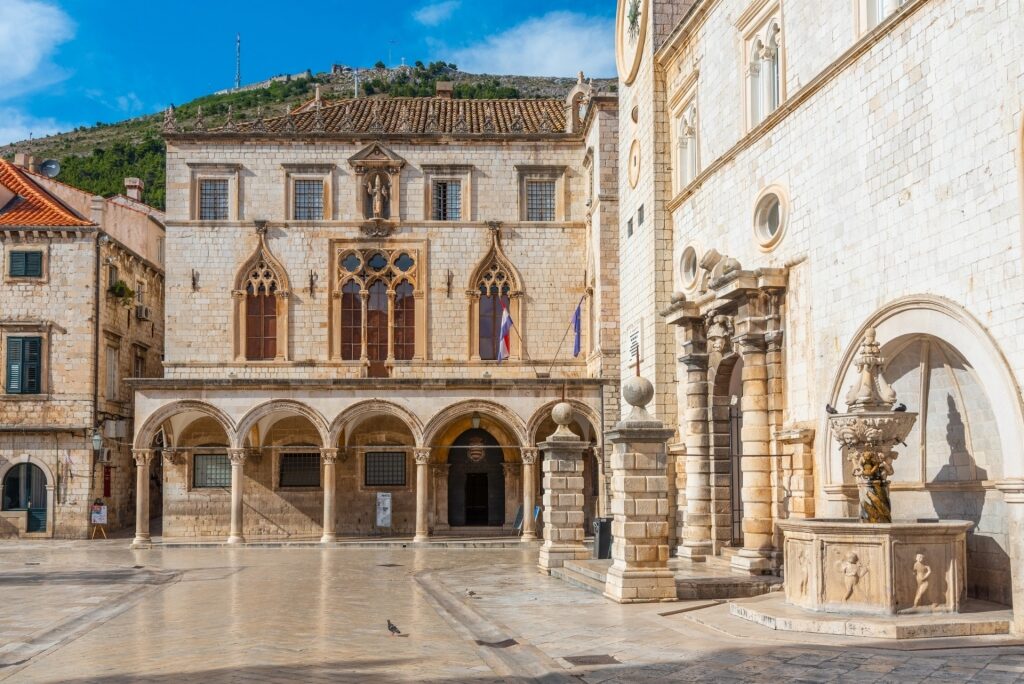
Sponza Palace
Sponza Palace, at the northeast corner of Luža Square in the Old Town, is one of those rare structures of note that came out of the destructive 1667 earthquake intact.
Built between 1516 and 1522, this gothic and renaissance-style building has served as an arsenal, customs house, and mint, and has housed various offices over the years.
On the first floor of the palace, you’ll find the Museum of the Dubrovnik Defenders, dedicated to the soldiers who gave their lives during the Siege of Dubrovnik in 1991 and 1992.
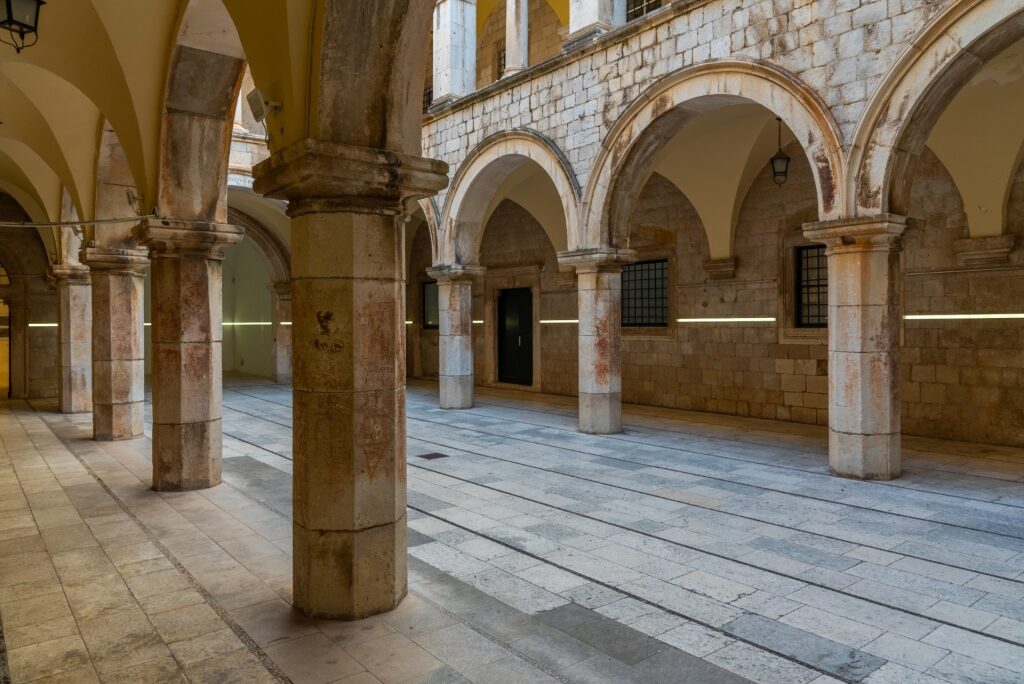
Sponza Palace
The palace’s renaissance entrance and Corinthian columns, the building’s Gothic windows, and its elegant atrium, which is used for artistic events, make Sponza a must to add to your list of things to do in Dubrovnik.
Celebrate Cavtat’s Seaside Ambiance
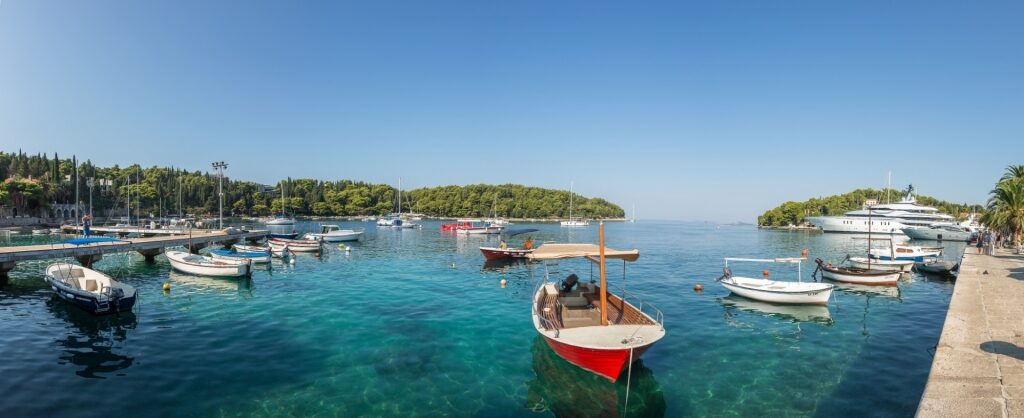
Cavtat
If you appreciate a slower-paced style of living, why not immerse yourself in Cavtat’s laidback seaside setting? Cavtat is a small, picturesque seaside village about 12 miles away from Dubrovnik. Buses and water taxis can ferry you between the two towns.
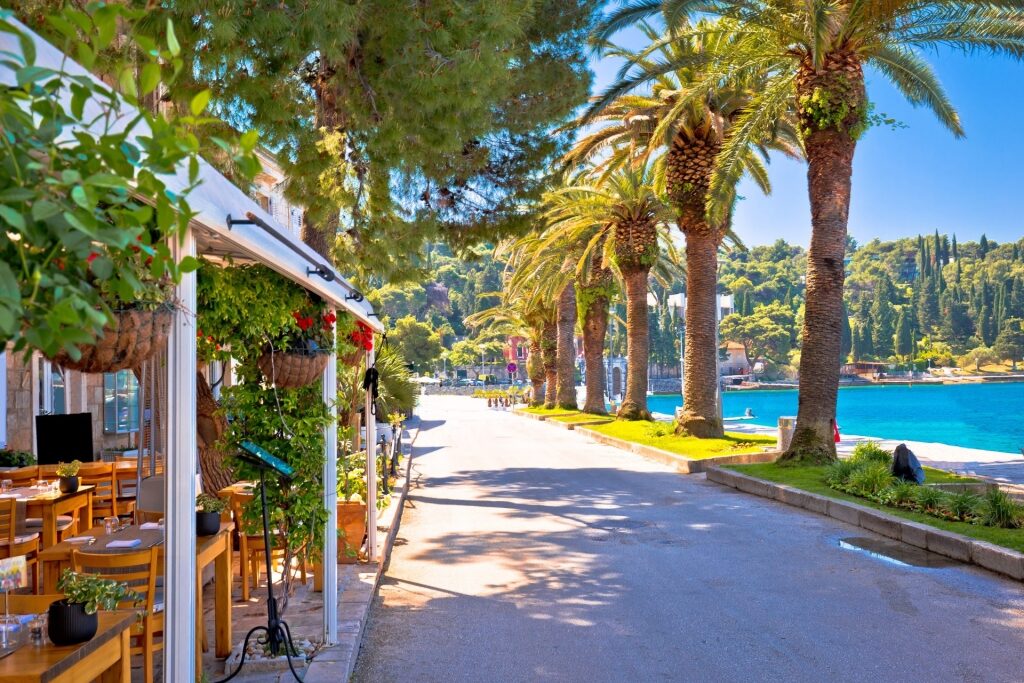
Cavtat
Cavtat, nestled in between two small peninsulas, pulls its holiday charm from its scenic harbor and the handsome old town, which features plenty of cafés and restaurants, the Adriatic is never far from sight.
If you want to take a dip, you can slide into the water at a few different local beaches, like the pebbly Žal Beach.

Račić Family Mausoleum
If you’re looking for some culture, visit St. Nicholas Church, or the hillside Račić Family Mausoleum—designed by the Croatian sculptor Ivan Meštrović—which will afford you brilliant views of the town and seascape below.
Bask on Banje Beach
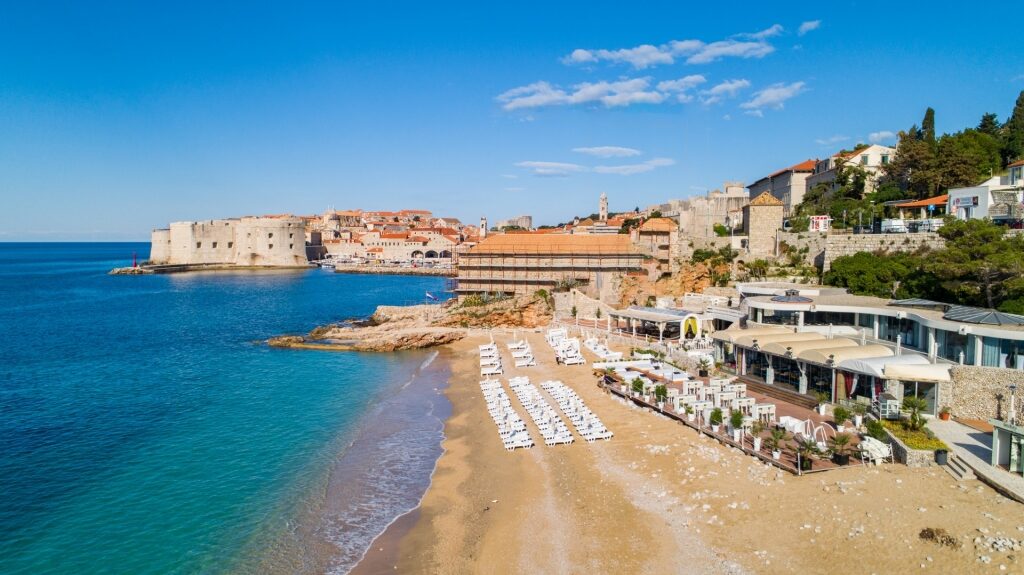
Banje Beach
Croatia is known for its beautiful coastline, and Banje Beach’s scenic location, right next to the Old Town’s city walls and Ploče Gate, is hard to beat. You’ll be treated to clear views of wooded Lokrum Island across the water, as well.
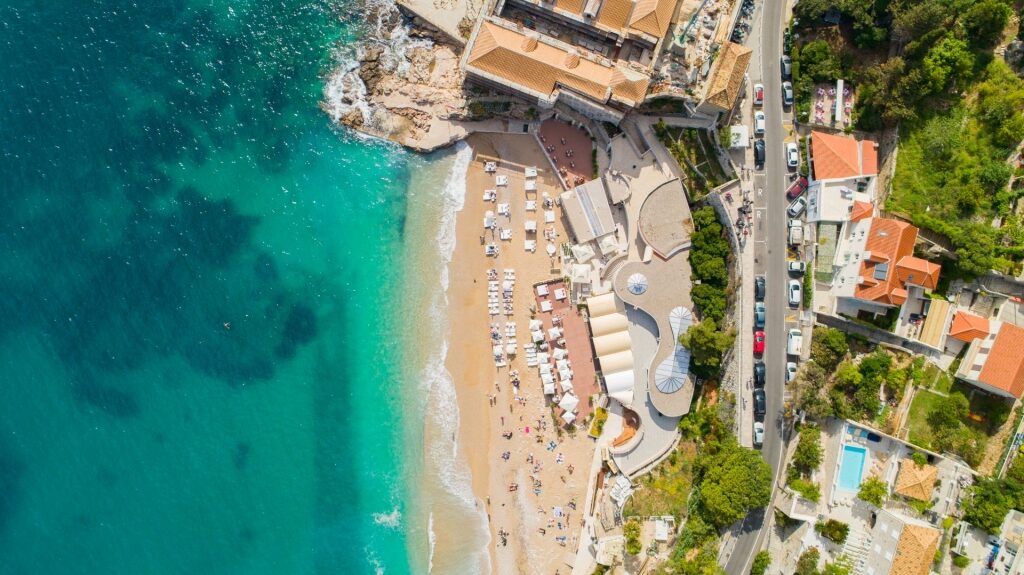
Banje Beach
One of the best beaches in the Mediterranean, this is a popular pebbly strip of coastline, so make sure you bring footwear to protect your feet. There are loungers and parasols here, and water-based activities including jet skiing and paragliding.
You could also take a kayak tour, paddling from Banje around the outside of the city walls, for a different perspective on Dubrovnik.
Feast on Fresh Oysters
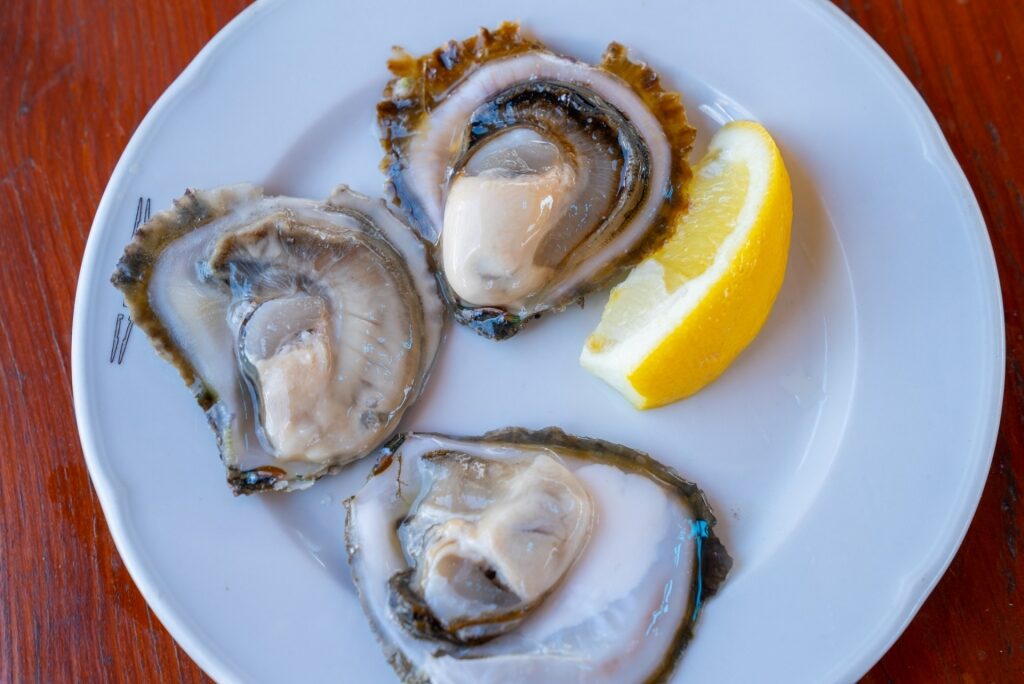
Oysters
If seafood appeals, you’ll find more oysters than you can manage at Ston, about an hour northwest of the city, on the Pelješac Peninsula.
Near the villages of Ston and Mali Ston (“Little” Ston), there are oyster beds a-plenty, and all the local restaurants offer magnificent oyster platters among other authentic Croatian food.
You’ll even see roadside stalls selling oysters by the dozen, or more. Delight in the lip-smacking joy of slurping down the freshest oysters you’ll ever encounter.
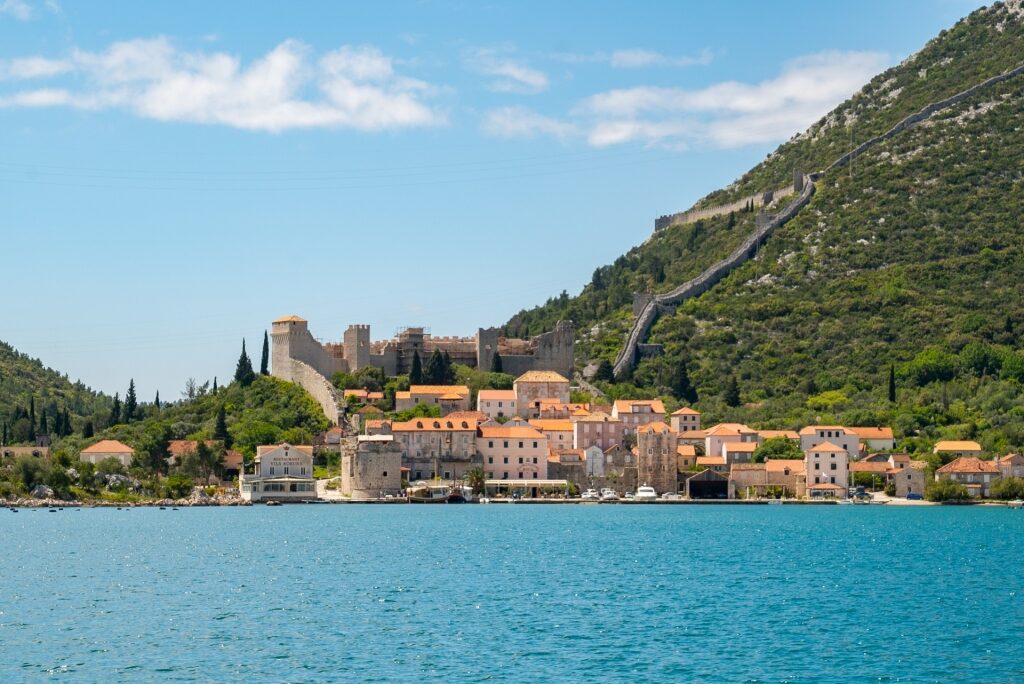
Mali Ston
Ston, and Mali Ston, garrisoned by miles of protective hillside walls, which are also worth exploring, are brimming with oyster culture. There’s even an oyster festival in March every year. But you can feast on this delicacy all summer long, accompanied by a chilled glass of Croatian white.
Join a Konavle Winery Tour
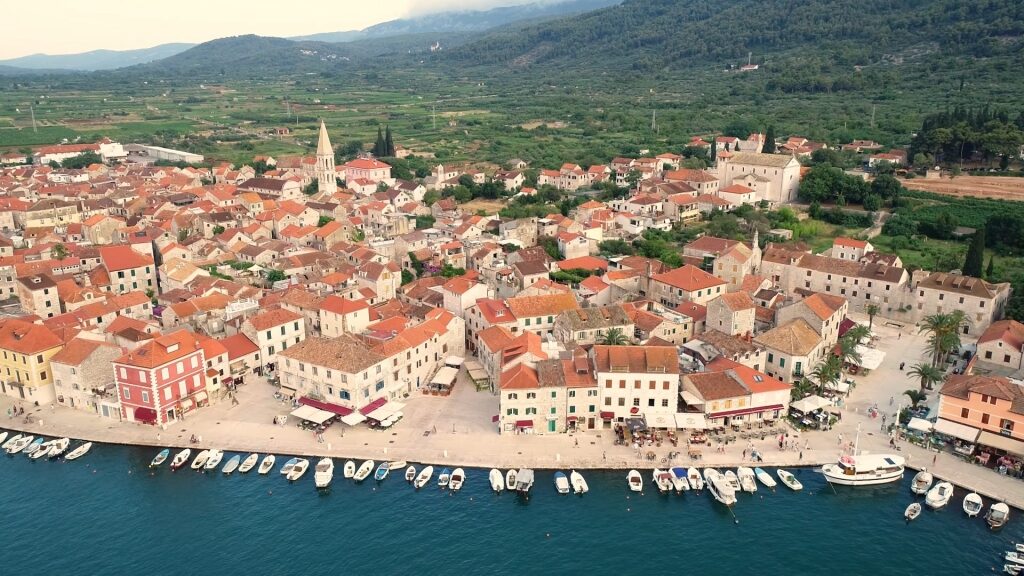
Konavle
Experience the Konavle Valley wine region on a winery tour. Typically lasting about six hours, an excursion to Konavle (near Cavtat, and running up to the Montenegrin border) aboard a cute little road train will take you to visit some of the Croatian families who have been growing wine here for generations.

Croatian wine
Apart from tasting red and white wines, you’ll be offered a hearty lunch, and you’ll also get the chance to sample the famed Prošek dessert wine of Croatia. Prošek is made with dried grapes partially dried in the sun on mats using the passito (passito means “raisin” in Italian) method.
Other excursion highlights include the water-powered mills of the Ljuta River, and of course, taking in the delightful vineyards and countryside, which give birth to the region’s outstanding wines.
Swim at Sveti Jakov Beach
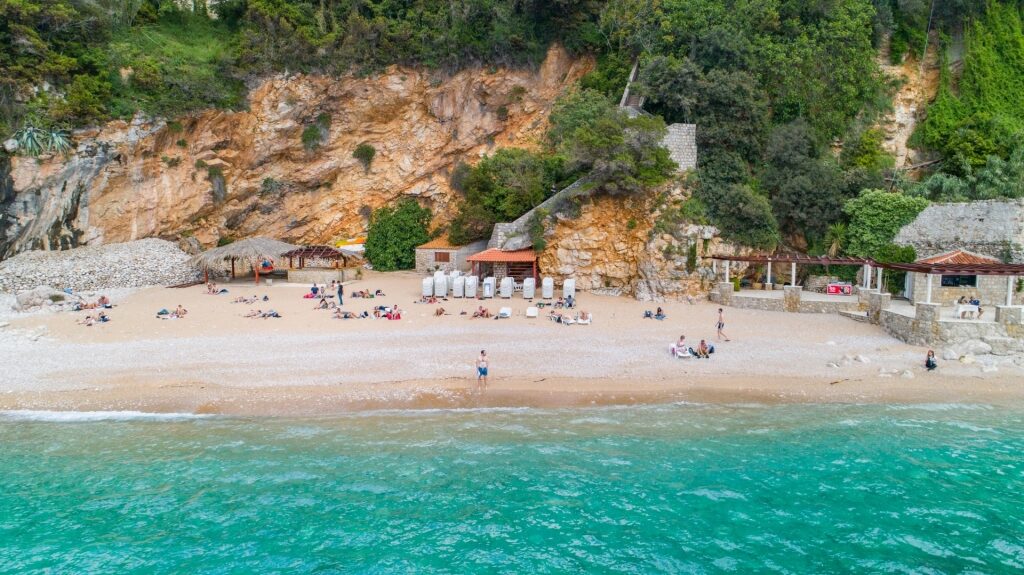
Sveti Jakov Beach
The picturesque Sveti Jakov Beach, tucked away on a sheltered bay east of the Old Town, within walking distance, is one of Dubrovnik’s best beaches, ideal for a cooling dip in between sightseeing forays.
Sveti Jakov, or “St. Jacob” Beach, takes its name from the stone St. Jacob Church, which backs this small stretch of coastline on a green and craggy bluff.
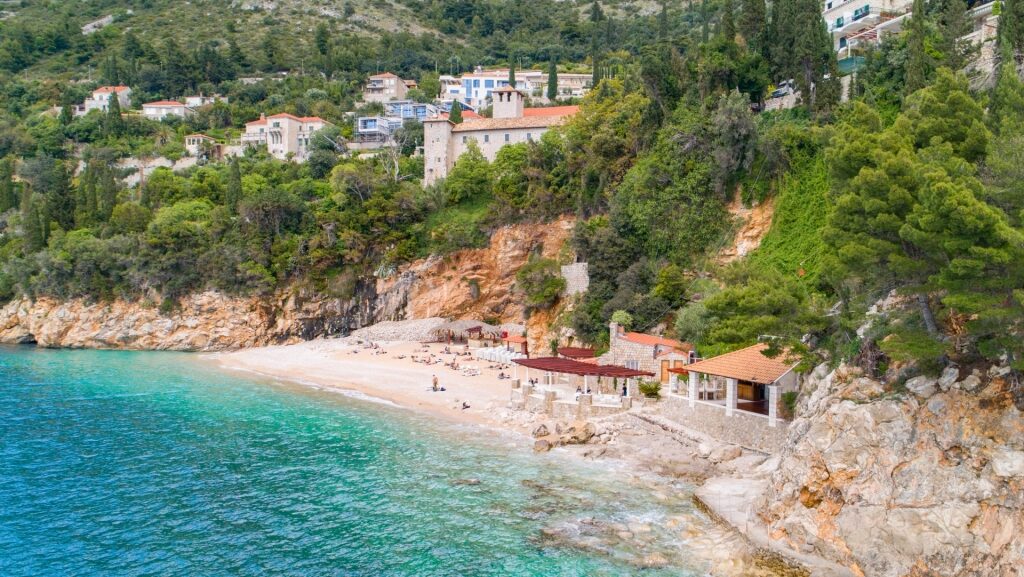
Sveti Jakov Beach
You’ll see lots of pink parasols on the beach proper, hemmed in by big rocks on either side. It’s a steep staircase down to Sveti Jakov.
But if you make the trek, you’ll be rewarded with clear water, perfect for swimming, with bright stones blanketing the bottom near the shore, plus unobstructed views of Lokrum Island.
Get Back to Nature on Lokrum Island
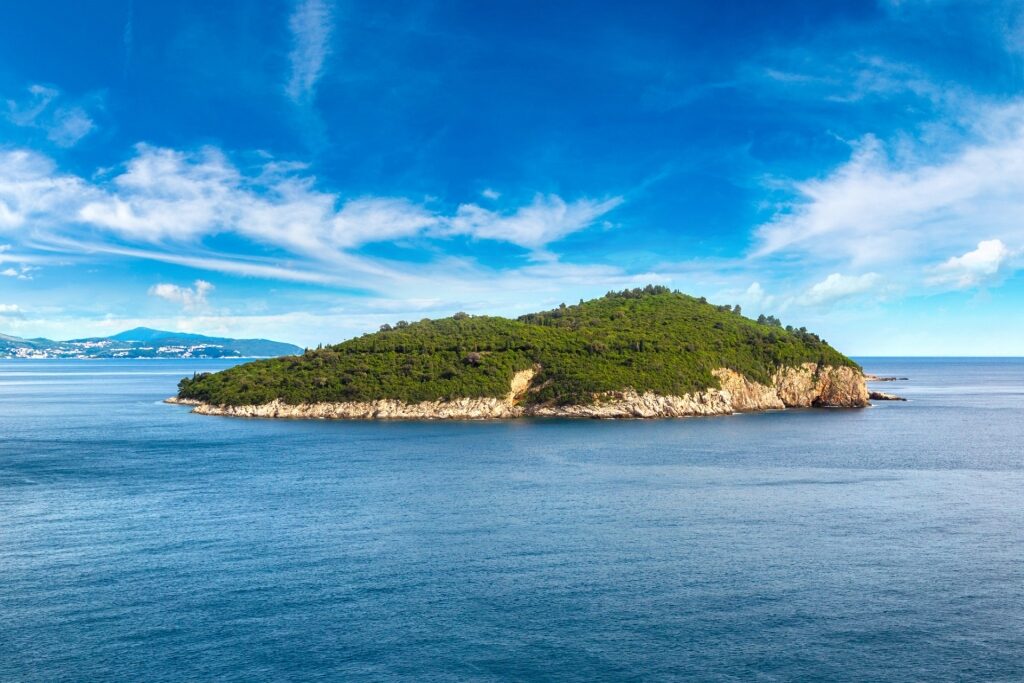
Lokrum Island
Lokrum Island Nature Reserve, a favorite picnic and swimming spot among locals, is only a short ferry ride from Dubrovnik.
Lokrum is dense with trees and vegetation, with plenty to see and do. First, you can simply enjoy playing in the turquoise sea, or going for leisurely strolls around the reserve.
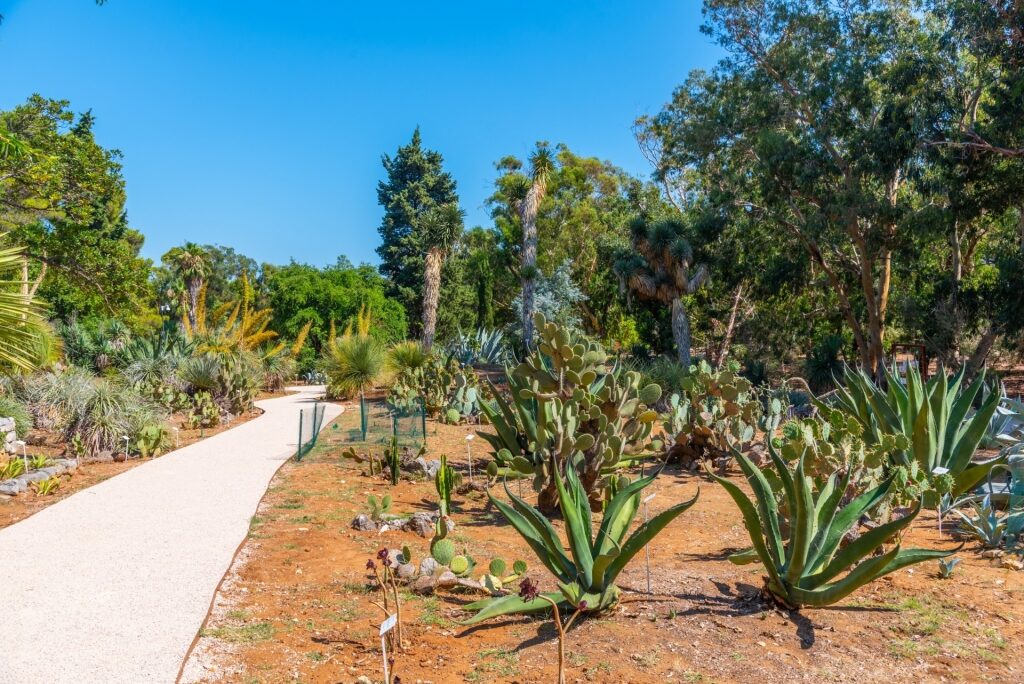
Botanical Garden, Lokrum Island
The lush Botanical Garden on the island, with free-ranging peacocks roving about, is an ideal spot, where you can breathe in the scent of the greenery. The well-managed garden is home to big eucalyptus trees, exotic flora, plus hundreds of other plant species.
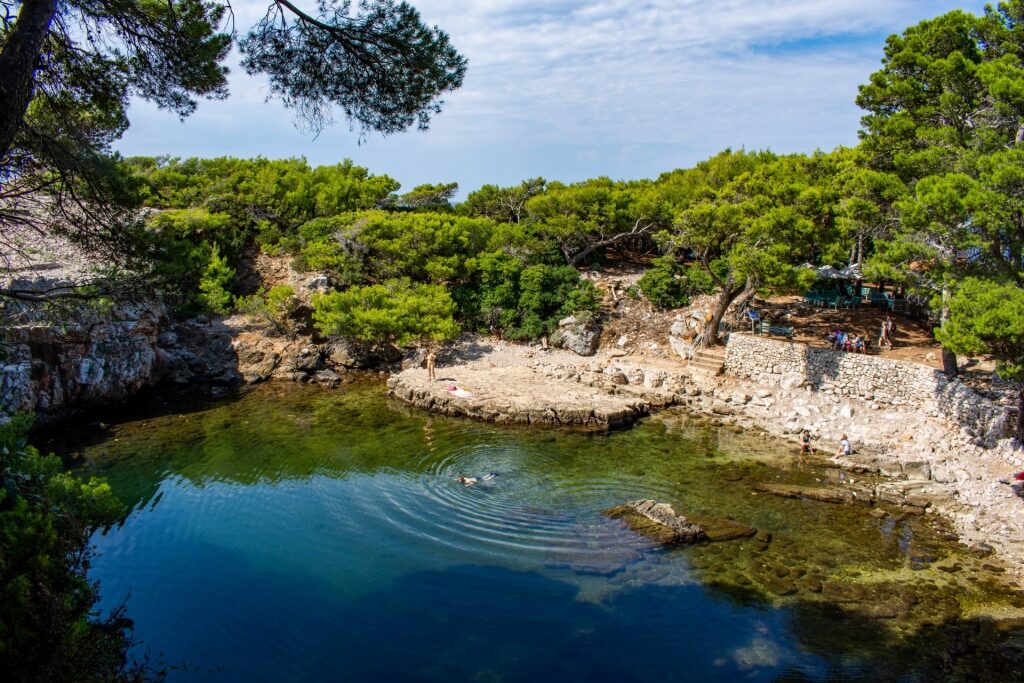
Dead Sea, Lokrum Island
The reserve also features a salty “Dead Sea” in its interior, where you can float in the water—buoyed by the salt—to your heart’s content. The lake is surrounded by rocky ledges and bushy trees.
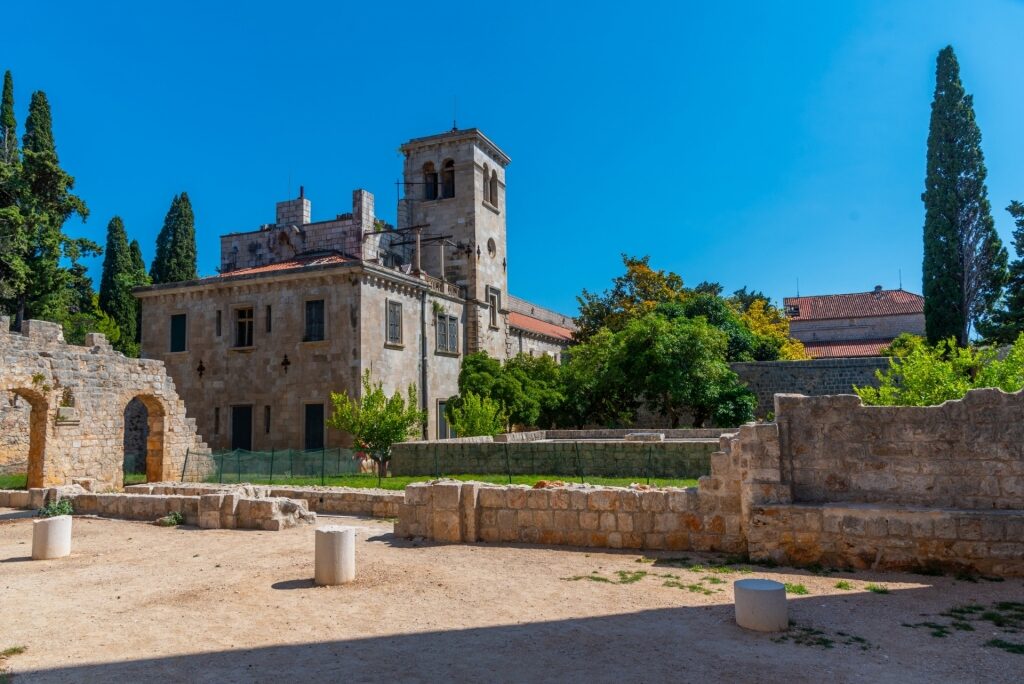
Benedictine Monastery, Lokrum Island
For a splash of architectural refinement, visit the medieval Benedictine Monastery on the island, or the French-built Fort Royal. The fort, circular in shape, sits atop the island’s apex and offers splendid views of the blue Adriatic, and Dubrovnik.
Lokrum is a nature reserve, so there are rules about conservation. You can bring food with you or stop by one of the island’s cafés or eateries if hunger pangs strike. Lacroma Restaurant is a good choice, featuring a sun-filled outdoor dining space.
Climb up Lovrijenac Fort
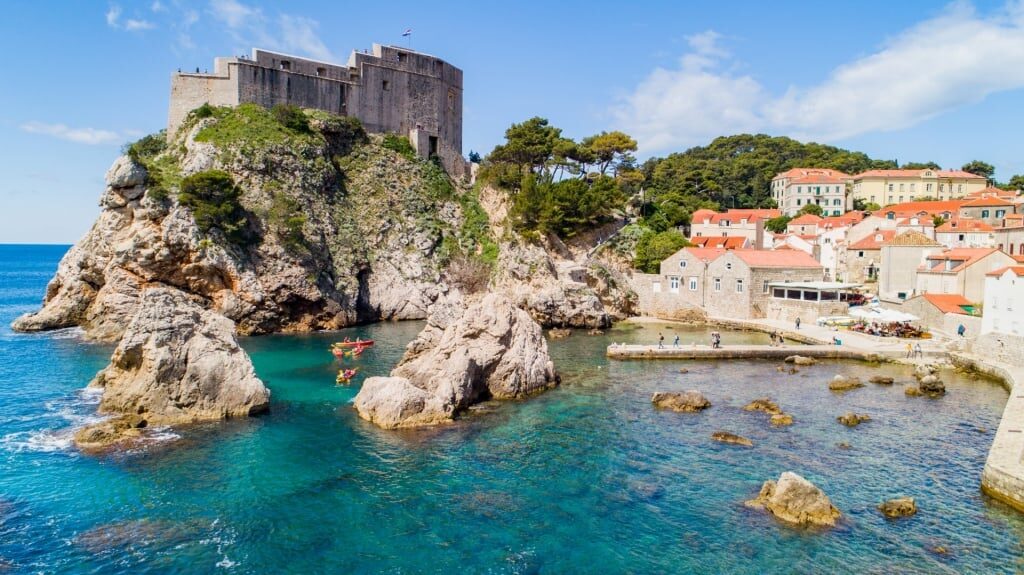
Lovrijenac Fort
Imagine the feeling of defending the noble citizens of Dubrovnik from Lovrijenac Fort, or St. Lawrence Fort, standing next to the city walls. And while you’re here, learn a thing or two about the city’s ancient fortifications while taking in the views.
Lovrijenac Fort, mounted atop a 121-foot tall cliff just past the city walls, was built to safeguard the town from would-be invaders arriving by sea.
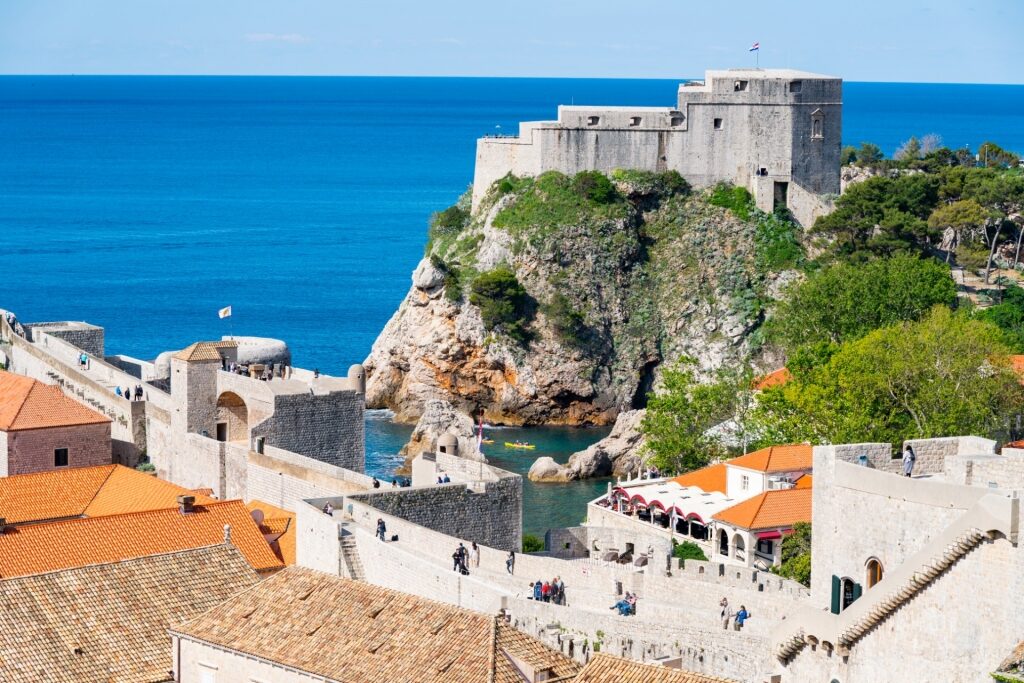
Lovrijenac Fort
You’ll have to clamber up 175 steps to reach the terraced structure. Naturally, the panoramas across the water from this stony, well-defended perch are spectacular.
While visiting Lovrijenac’s thick bulwarks, take note of the inscription above the stone entrance that reads Non Bene Pro Toto Libertas Venditur Auro, which translates as “Liberty is not to be sold for all the gold in the world.”
The chapel courtyard at St. Lawrence also happens to be the location of Midsummer Scene, considered by many to be the southernmost English theater festival in Europe. This is a magical place to spend an evening, taking in an English-language production of Shakespeare.
Take to the Water on a Catamaran Tour
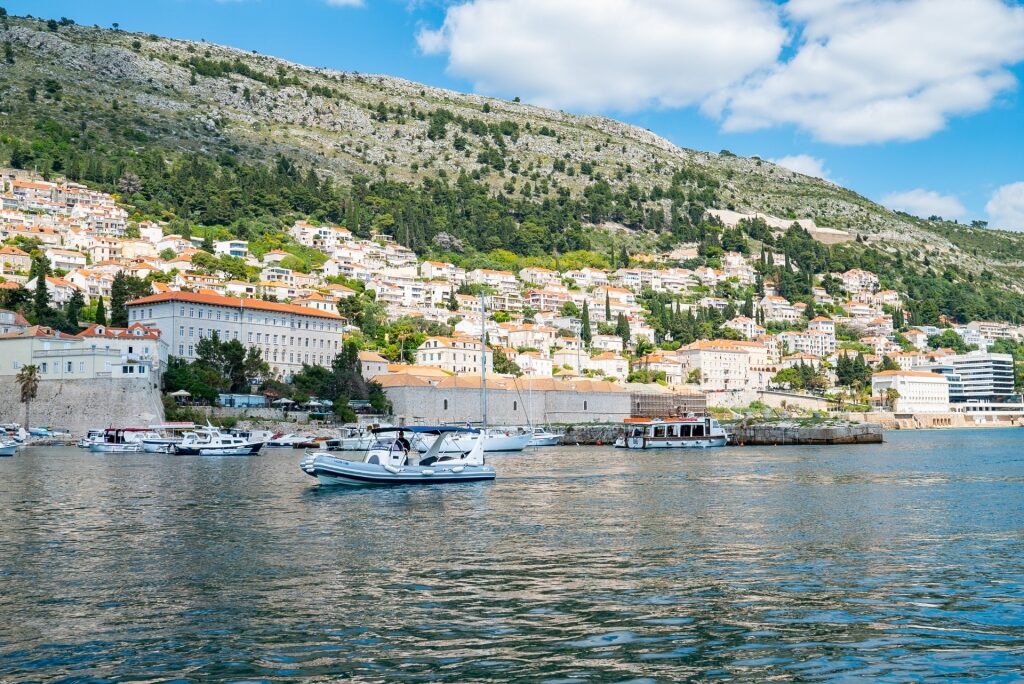
Dubrovnik
Fancy taking in the might of St. Lawrence Fort from water? One of the best ways to see Dubrovnik and its imposing city walls is on a scenic catamaran tour.
A typical sail, lasting around four hours, departs from Dubrovnik’s bustling Gruž Harbor. Your sleek catamaran will whisk you offshore, heading toward Lapad Bay.
You’ll pass the city’s most notable sites, including the defensive walls, St. Lawrence Fort, and Lokrum Island. There’s usually a chance to spend time on one of the pebble beaches, too, the perfect opportunity to plunge into the cool Adriatic.
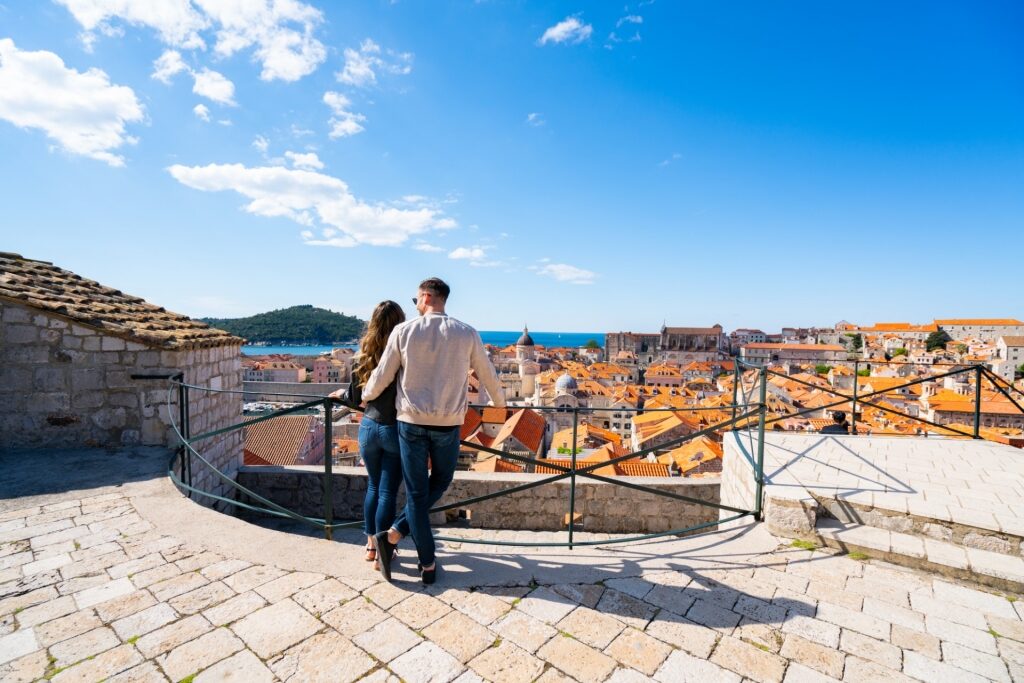
Dubrovnik
Get better acquainted with Dubrovnik’s long history, southern Slavic culture, and Mediterranean appeal by booking a cruise that calls upon this charismatic city. Browse our Dubrovnik cruises to plan your Adriatic adventure.
